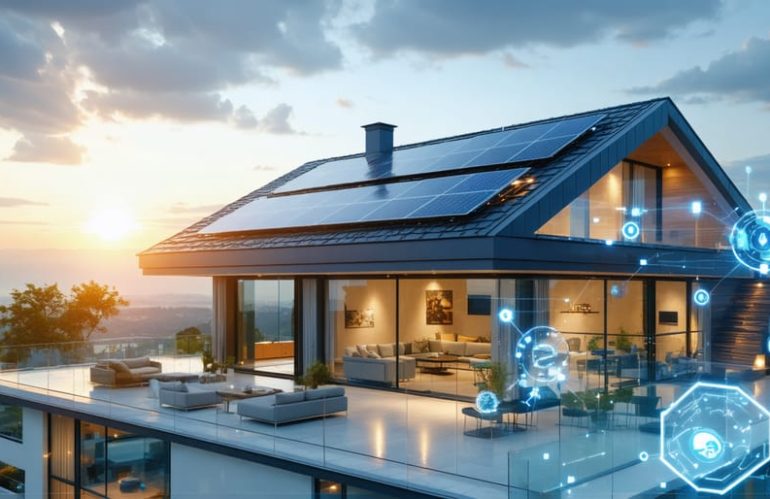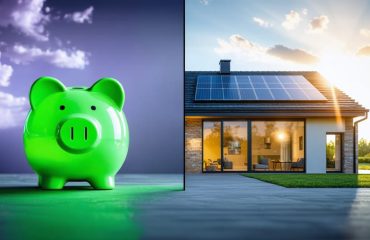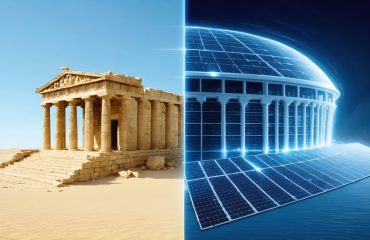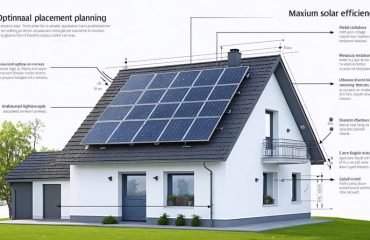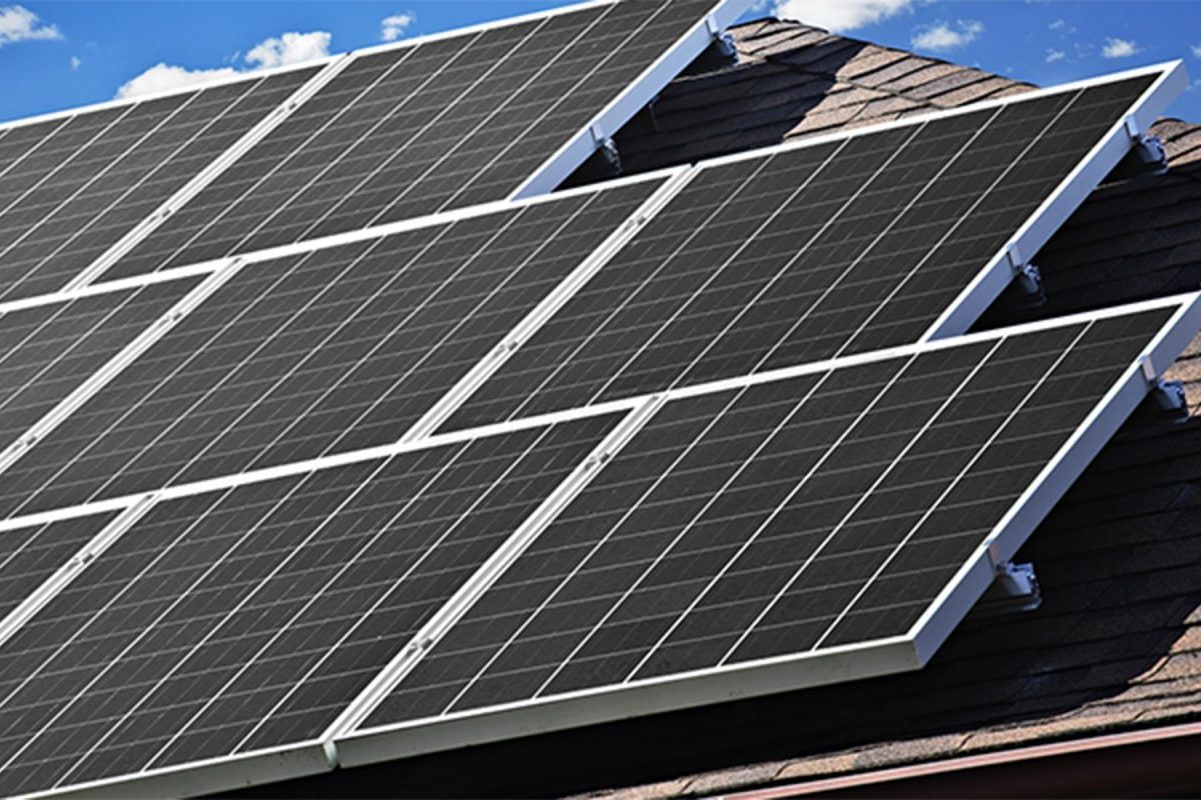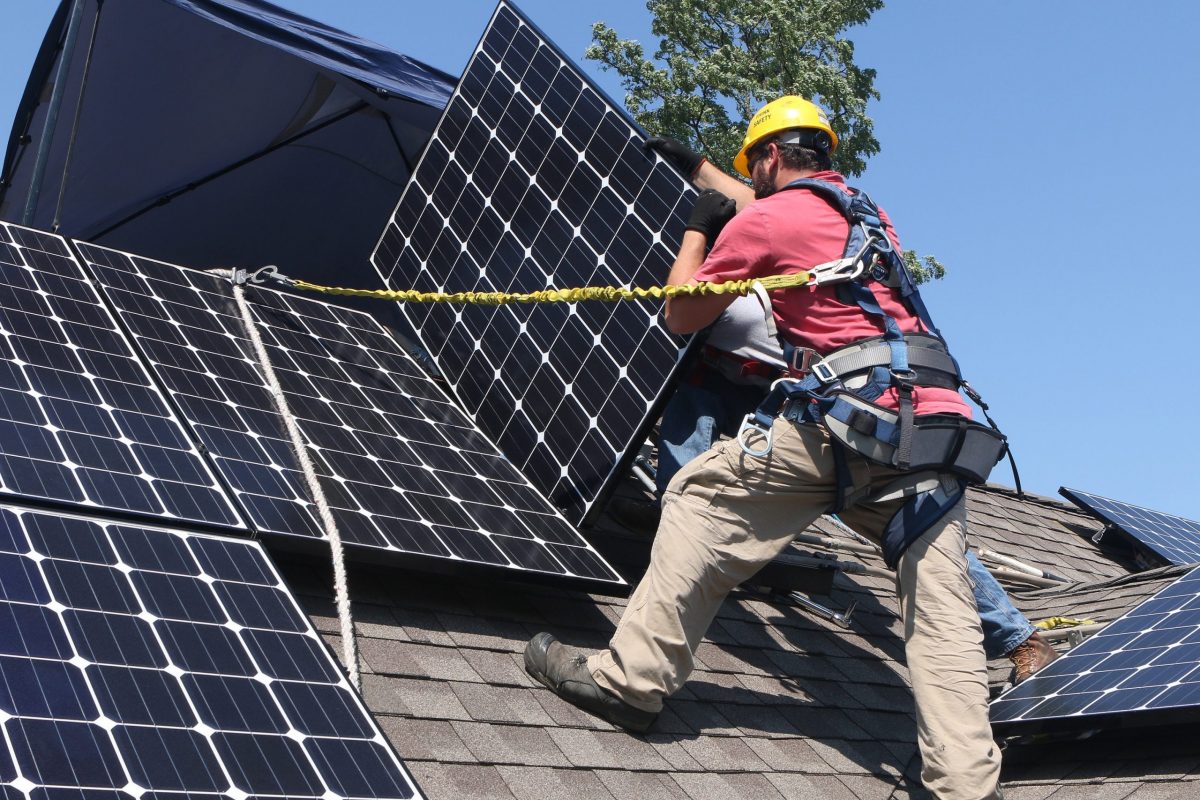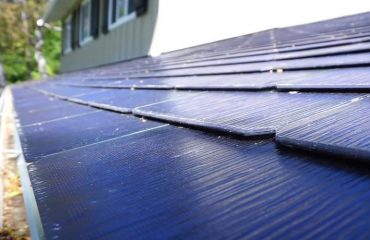Solar technology stands at the cusp of a revolutionary transformation that promises to reshape how we power our homes and communities. Recent breakthroughs in photovoltaic efficiency and energy storage systems are making solar power more accessible and practical than ever before, with costs dropping dramatically while performance continues to soar. As you consider financing your solar installation, it’s crucial to understand how emerging innovations will enhance your investment’s value in the coming years.
From transparent solar cells that can transform ordinary windows into power generators to artificial intelligence systems that optimize energy production and storage, the next generation of solar technology isn’t just about generating clean electricity—it’s about seamlessly integrating renewable energy into every aspect of our daily lives. These advancements are bringing us closer to a future where solar power isn’t just an alternative energy source, but the primary driver of our energy ecosystem, offering homeowners unprecedented control over their energy independence while contributing to a more sustainable planet.
Next-Generation Solar Panels: More Power, Less Space
Perovskite Solar Cells
Perovskite solar cells represent one of the most exciting breakthroughs in solar technology, promising to revolutionize how we harness the sun’s energy. These innovative cells use a hybrid organic-inorganic lead or tin halide-based material as the light-harvesting active layer, offering remarkable potential for creating more affordable solar solutions for homeowners.
What makes perovskite technology particularly promising is its potential to achieve higher efficiency rates than traditional silicon panels while using less expensive materials and simpler manufacturing processes. Current laboratory tests have shown efficiency rates above 29%, and researchers believe there’s room for even more improvement.
Unlike conventional solar panels that require high-temperature processing and ultra-pure silicon, perovskite cells can be produced at near room temperature using common manufacturing techniques. This could significantly reduce production costs and make solar energy more accessible to everyday homeowners.
Perhaps most exciting is the possibility of combining perovskite with existing silicon technology to create tandem cells. These hybrid panels could capture a broader spectrum of sunlight, potentially pushing efficiency rates above 30% while maintaining reasonable costs. Experts predict that perovskite solar technology could reach the residential market within the next five years, offering homeowners a more efficient and cost-effective way to generate clean energy.
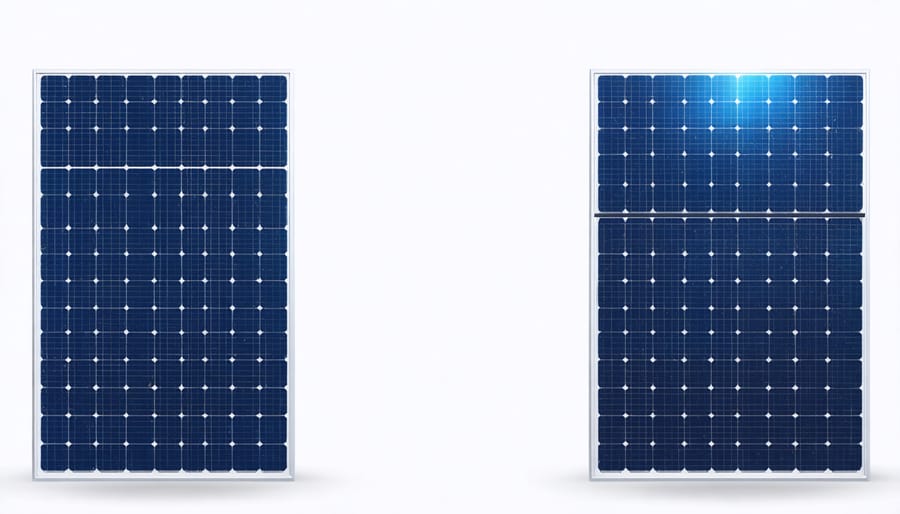
Transparent Solar Panels
Imagine turning every window in your home into a power generator. That’s exactly what transparent solar panels promise to deliver. These innovative panels incorporate special molecules that capture invisible ultraviolet and infrared light while allowing visible light to pass through, effectively turning ordinary windows into energy-producing surfaces.
Recent advancements have pushed transparency levels above 70%, making these panels nearly indistinguishable from regular glass while maintaining reasonable efficiency rates of 8-12%. While this might seem low compared to traditional solar panels, the ability to install them on existing windows and glass surfaces opens up vast possibilities for urban energy generation.
Think about the potential: office buildings with power-generating windows, greenhouses that produce both food and electricity, or car sunroofs that help charge electric vehicles. For homeowners, this technology could transform conservatories and large windows from energy-draining features into power-producing assets.
Manufacturers are currently working on reducing production costs and improving durability, with some experts predicting widespread commercial availability within the next 5-7 years. Early estimates suggest that installing transparent solar panels could offset up to 40% of a building’s energy requirements when applied to all available glass surfaces.
The beauty of this technology lies in its seamless integration into existing architecture, offering solar power without compromising aesthetics or requiring additional space – a true game-changer for urban solar adoption.
Smart Solar Integration
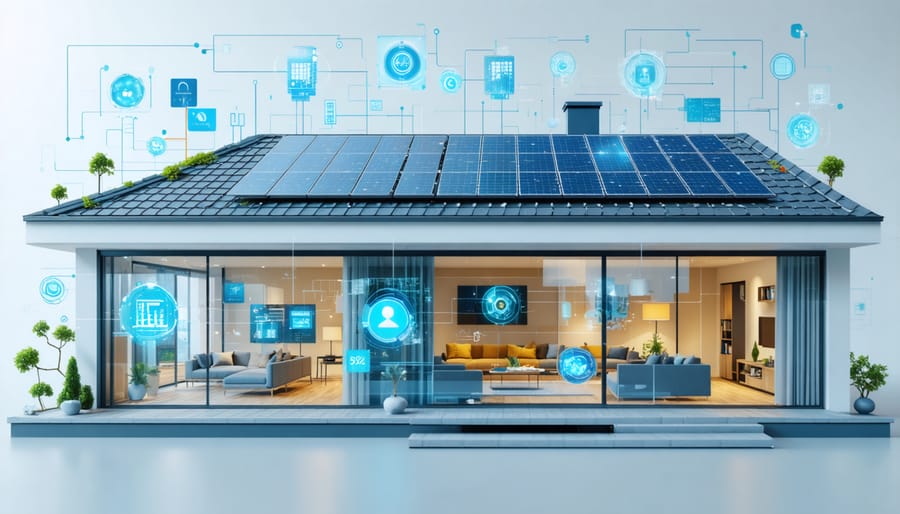
AI-Powered Energy Management
AI is revolutionizing how we harness and manage solar energy, making solar systems smarter and more efficient than ever before. Advanced machine learning algorithms now analyze weather patterns, energy consumption habits, and solar panel performance in real-time, automatically adjusting system settings for optimal power generation and usage.
These smart systems can predict cloudy weather and adjust energy storage accordingly, ensuring your home maintains power even during less sunny periods. They also learn your household’s energy consumption patterns, automatically directing power to high-priority appliances during peak usage times and storing excess energy for later use.
Modern AI-powered energy management systems integrate seamlessly with smart home devices, allowing you to monitor and control your solar setup through user-friendly mobile apps. These apps provide detailed insights into your energy production and consumption, helping you make informed decisions about your power usage.
The technology can even detect potential issues before they become problems, scheduling maintenance when needed and protecting your solar investment. Some systems go further by participating in smart grids, allowing homeowners to sell excess power back to the grid at the most profitable times, maximizing their return on investment while contributing to community energy stability.
Virtual Power Plants
Virtual Power Plants (VPPs) are revolutionizing how neighborhoods share and manage solar energy. By connecting multiple home solar systems through smart technology, these networks create a powerful, community-based energy ecosystem that benefits everyone involved.
Think of a VPP as a neighborhood energy team where each home’s solar panels and batteries work together. When one house generates excess power, it can automatically share it with neighbors who need more electricity. This sharing system not only maximizes solar efficiency but also helps stabilize the local power grid during peak usage times.
The real magic happens through advanced software that coordinates these mini power stations. It predicts energy needs, manages storage, and even sells excess power back to utility companies at the most profitable times. For homeowners, this means lower energy bills and a more reliable power supply.
Many communities are already embracing this technology, with some reporting up to 30% savings on their energy costs. As more neighborhoods adopt VPPs, we’re seeing a shift toward more resilient, sustainable, and cost-effective energy systems that put power back in the hands of homeowners – literally and figuratively.
Revolutionary Storage Solutions
Solid-State Batteries
The future of solar energy storage is getting a major upgrade with solid-state batteries, which promise to revolutionize how we store and use solar power. Unlike traditional lithium-ion batteries, solid-state batteries use solid electrolytes instead of liquid ones, making them safer, more compact, and longer-lasting.
These next-generation batteries can store up to three times more energy than conventional batteries while taking up the same amount of space. For homeowners, this means being able to store more solar power in a smaller area of your home, potentially eliminating the need for a dedicated battery room.
One of the most exciting benefits is their impressive lifespan. While current solar batteries typically last 5-15 years, solid-state batteries could potentially last 20-30 years – matching the lifespan of your solar panels. They’re also much safer, with virtually no risk of fire or leakage, giving homeowners greater peace of mind.
Several major manufacturers are already developing solid-state batteries for residential use, with some expected to hit the market within the next few years. While initially more expensive than traditional batteries, prices are expected to drop significantly as production scales up, making them an increasingly attractive option for homeowners looking to maximize their solar investment.
The improved efficiency and longer lifespan of solid-state batteries could help homeowners achieve complete energy independence while significantly reducing their long-term costs.
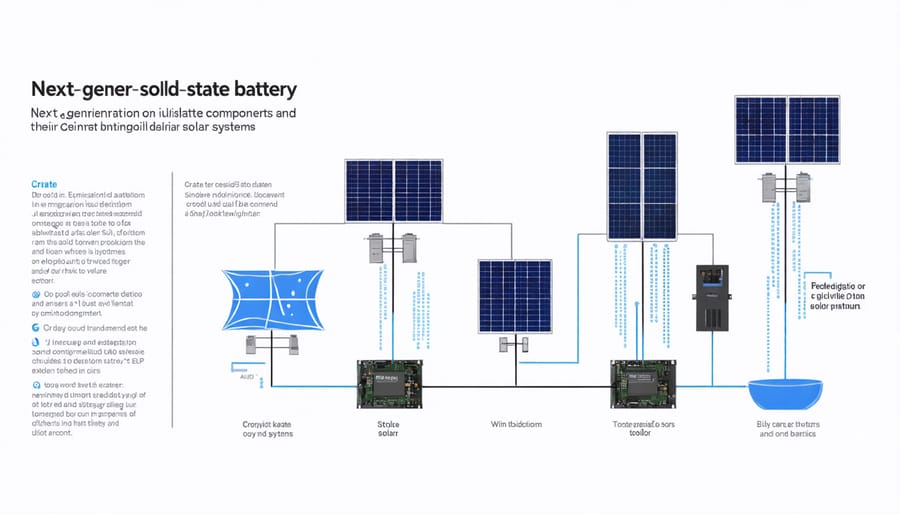
Grid-Scale Solutions
Exciting developments in grid-scale energy storage are revolutionizing how we harness and use solar power, with benefits trickling down to homeowners. Large utility companies are now implementing massive battery systems that can store excess solar energy during peak production hours, making it available for residential use when the sun isn’t shining.
These grid-level innovations are particularly promising for homeowners because they’re helping to stabilize electricity prices and improve overall grid reliability. New flow battery technology, which uses specialized liquids to store energy, is making long-term storage more affordable and efficient than ever before. Unlike traditional lithium-ion batteries, these systems can operate for decades without significant degradation.
Another game-changing development is the integration of artificial intelligence to manage energy distribution. Smart grid systems can now predict energy demand patterns and automatically adjust storage and distribution to maximize efficiency. This means homeowners can enjoy more consistent power supply and potentially lower electricity rates.
Community solar storage projects are also gaining traction, allowing neighborhoods to share stored solar energy more effectively. These shared systems reduce individual installation costs while providing the benefits of large-scale storage to multiple households. As these technologies continue to mature, homeowners can expect more flexible energy options and increased independence from traditional power sources.
What This Means for Your Home
As solar technology continues to evolve, homeowners can expect significant improvements in both efficiency and affordability over the next few years. By 2025, experts predict that residential solar installations will be approximately 20-30% more efficient than current models, meaning you’ll need fewer panels to power your home. This increased efficiency, combined with falling installation costs and available zero interest solar loans, makes now an excellent time to consider solar investment.
If you’re planning to install solar panels, you can expect new systems to feature improved energy storage capabilities, smarter home integration, and more aesthetically pleasing designs within the next 3-5 years. Modern panels are becoming increasingly durable, with warranties extending up to 25-30 years, ensuring long-term value for your investment.
The emergence of plug-and-play solar systems will make installation simpler and more cost-effective, potentially reducing installation time from days to hours. Additionally, new monitoring technologies will give you unprecedented control over your energy consumption through user-friendly smartphone apps.
For homeowners considering solar installation, the best approach is to balance current needs with future upgrades. Today’s systems are designed to be compatible with upcoming technologies, allowing you to add new features as they become available. This modular approach means you can start saving on energy bills immediately while maintaining the flexibility to incorporate future innovations as they become available.
Remember that local climate conditions and roof orientation will continue to be important factors in solar efficiency, but advancing technology is making solar power viable in more locations than ever before.
As we look to the horizon of residential solar technology, the future has never appeared brighter. The convergence of advancing technology, decreasing costs, and increasing efficiency is creating unprecedented opportunities for homeowners. With new solar investment options becoming more accessible, the dream of sustainable, affordable energy is becoming a reality for more families than ever before.
The next decade promises to bring revolutionary changes to how we harness solar power. From ultra-efficient panels that can generate more energy in limited space to sophisticated energy management systems that optimize power usage throughout the day, homeowners will have more control over their energy future than ever before. Smart solar solutions will seamlessly integrate with home automation systems, while advanced storage solutions will ensure reliable power even during extended cloudy periods.
Perhaps most exciting is the democratization of solar technology. As prices continue to fall and installation becomes more streamlined, solar power will become increasingly accessible to homeowners across all income levels. The combination of improved aesthetics, enhanced durability, and better performance means that future solar installations will not just be practical investments, but also valuable home improvements that enhance property value while protecting our environment.
The path forward is clear: solar technology will continue to evolve, becoming more efficient, more affordable, and more integrated into our daily lives. For homeowners considering solar power, there’s never been a better time to be part of this energy revolution.

